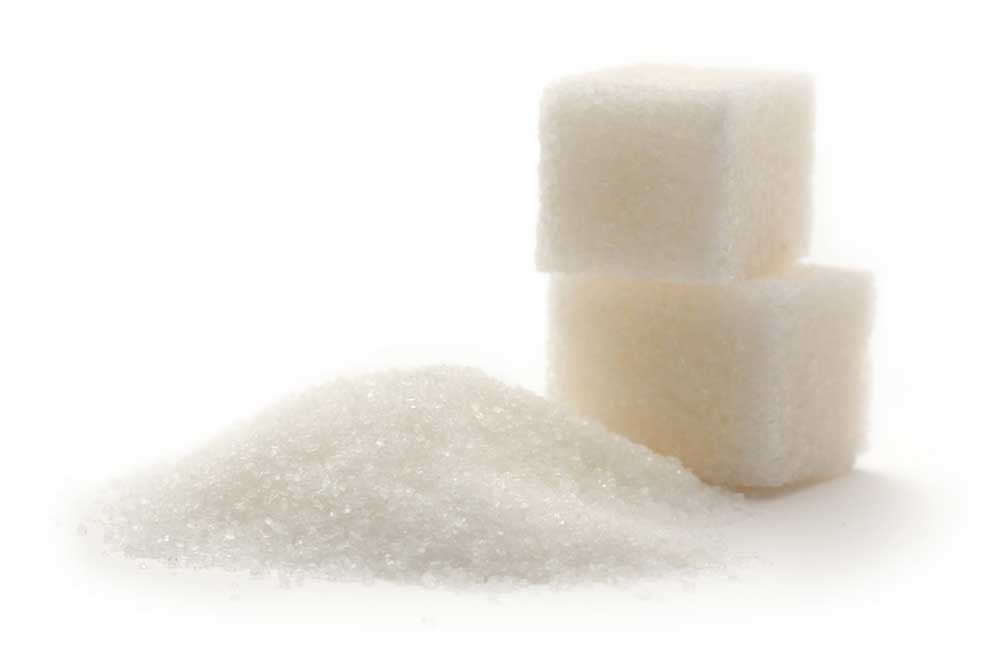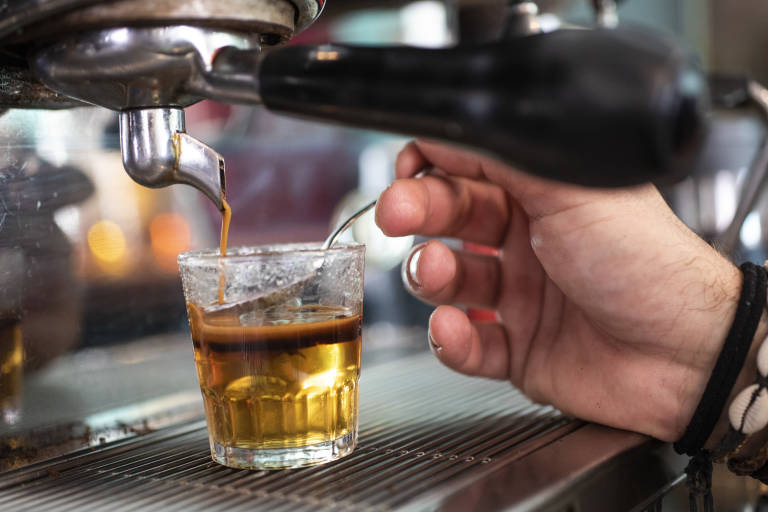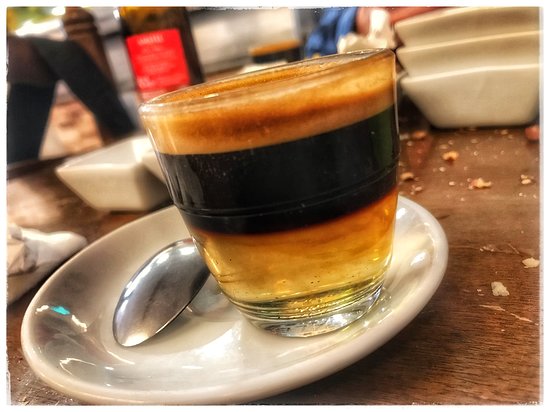 Just the other day I had a fantastic coffee after a very long lunch. It was a very typical coffee in my region and realized I haven’t written about coffee for a very long time and there are so many variations. This coffee, in particular, was a Café Cremaet (Burnt coffee in Valenciano) also known as a Carajillo Quemado which, to be honest, is a drink that has been gaining popularity over the years.
Just the other day I had a fantastic coffee after a very long lunch. It was a very typical coffee in my region and realized I haven’t written about coffee for a very long time and there are so many variations. This coffee, in particular, was a Café Cremaet (Burnt coffee in Valenciano) also known as a Carajillo Quemado which, to be honest, is a drink that has been gaining popularity over the years.
This typical Carajillo variant from the Valencia region is a recipe for coffee with alcohol that has a lot of flavour, aroma and nuances thanks to the unique mix of ingredients.
If you want to learn how to do it, I will spill the beans! (Sorry for the pun!) I will explain the recipe step by step and the tricks to learn how to make a Café Cremaet (flambéed rum coffee) at home whenever you want.
The origin of Cremaet coffee is full of controversy as there are several stories/legends around when and how this alcoholic coffee recipe appeared.
What is of general consensus is that Cremaet coffee has its origin in Cuba. It is effectively a variant of the café Carajillo (coffee and straight rum) which refers to a typical drink at the time when Cuba was a Spanish colony and the Spanish soldiers combined coffee with rum to have courage, 'corajillo', at the time of the battle and hence its adaptation to Carajillo.
As for the Valencia variant, the story goes that a soldier from Castellón brought this recipe with him after returning from the Cuban War. Not liking rum straight, he made a mixture of coffee, rum and flavourings that gave rise to this famous carajillo variant: the Cremaet or Valencian Carajillo.
Nowadays you can order a Carajilllo with almost any type of alcohol: whisky, rum, brandy etc but the Valencia Cremaet should always be made with Rum.
The Café Cremaet is a long-founded tradition in Valencia. The most purists affirm that “just like paella, it is either from Valencia or it is not…The café Cremaet is either with rum or it is not Cremaet”.
So how do you make Cremaet coffee at home?
These are the ingredients you will need for one serving:



- Aged Rum, 20 ml. (Not white rum) Negrita Rum tends to be the most popular.
- Sugar, 2 tablespoons approx. (ratio: volume of sugar = volume of rum)
- 1 or 2 Coffee beans - the most toasted
- Cinnamon stick, a 2 cm piece.
- Lemon peel, 1 piece - removing the white interior part of the skin so as to avoid bitterness.
- Coffee, 30 ml.
Step by Step Recipe:
Step 1 Preparation - Preparing the Syrup
In the first place, we must have a heat-resistant glass or pot since in one step of the Cremaet recipe we need to flambé.
In that heat-resistant container, you will add all the ingredients: sugar, rum, a piece of cinnamon, coffee beans and a piece of lemon peel - make sure you have scraped off the white interior part of the lemon peel - this will remove the bitterness.
Step 2 - Making the Syrup Infusion
 Now it's time to mix it so that the sugar dissolves in the rum and the aromas and nuances of the coffee beans, cinnamon and lemon peel are extracted.
Now it's time to mix it so that the sugar dissolves in the rum and the aromas and nuances of the coffee beans, cinnamon and lemon peel are extracted.
There are two ways to do it:
Quick way: If you happen to have a vaporizer on your coffee machine, heat the mixture with the steam until it all the sugar has dissolved and the ingredients have fully infused the syrup.
Not so quick way: if you don't have a vaporizer on your coffee machine, you must first stir the mixture and then heat it in a saucepan until the sugar dissolves and the ingredients have fully infused the syrup.
Step 3 - Flambé
Once the syrup is made, grab a lighter and burn off as much alcohol as possible. It is important to stir with a spoon to burn off the alcohol at the bottom of the container. Please remember that to flambé it is important to have a heat-resistant recipient or glass as it could break if not.
Step 4 - Layering the coffee
Take a small coffee glass - it needs to be a glass to appreciate the layering effect. Fill the glass 1/3 of its volume with the hot syrup previously prepared. Feel free to add one of the coffee beans, a piece of lemon rind and a piece of cinnamon to the coffee glass for presentation if you wish. One would normally remove this before drinking anyway.

The next step is crucial if we want to obtain the 3 well-differentiated layers characteristic of this recipe:
Brown: Coffee cream.
Black: strong espresso coffee
Liquid Gold: dense and transparent rum syrup

To do this, it is important to be very careful. Make sure you are using an espresso machine or a Nespresso machine for this as you will not create the coffee if you don’t. As the coffee falls from the machine let it fall into a teaspoon so that the coffee overflows from the teaspoon onto the side of the glass. This will break the fall of the coffee and allow it to ‘sit’ on top of the syrup. The coffee cream will rise to the top naturally. Once you have filled the remaining two-thirds of the coffee glass you are ready to serve.
The perfect way to end a long lunch, especially a Valencian Paella! Let me know how you get on!
Remember like anything, you can always fine-tune it to your taste preferences - if you want it less sweet, remove some sugar and add some more rum!
Good Luck!